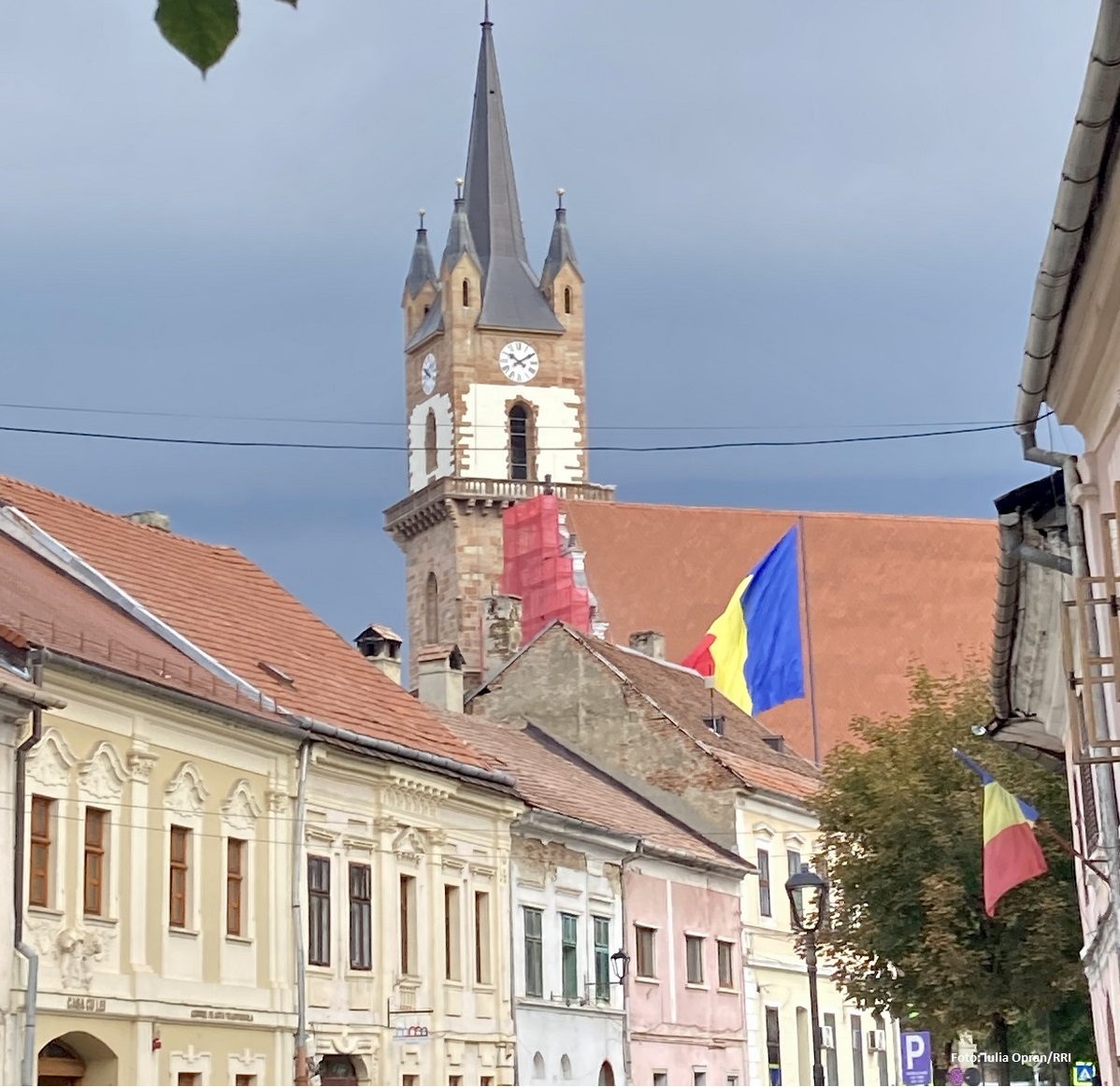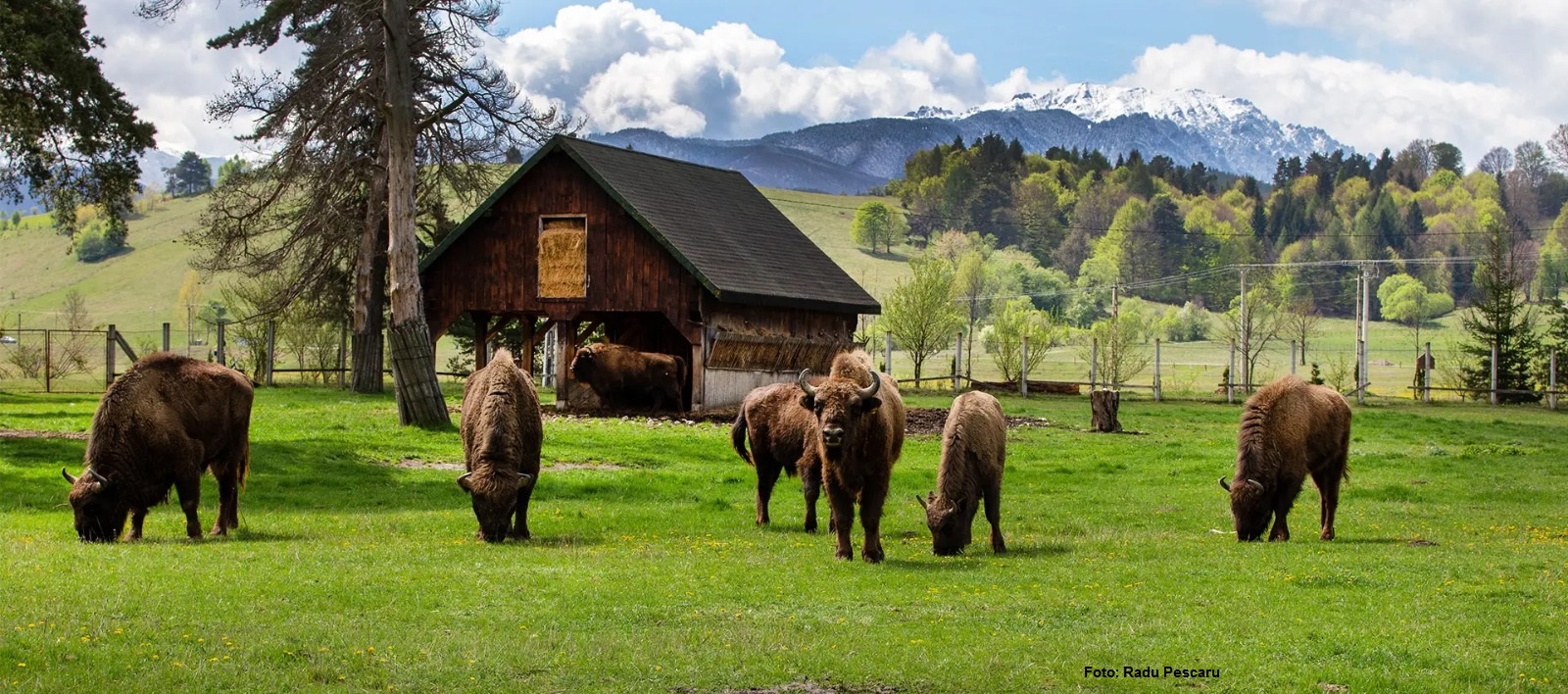Easter Travel Offers
Bukovina and Maramures are at the top of the list when we think about ancient Romanian customs and traditions. This is especially significant around the great holidays, Easter and Christmas. Today you are invited to discover these two destinations, Bukovi

Eugen Cojocariu, 26.04.2012, 15:53
Bukovina and Maramures are at the top of the list when we think about ancient Romanian customs and traditions. This is especially significant around the great holidays, Easter and Christmas. Today you are invited to discover these two destinations, Bukovina and Maramures, through the perspective of special tourism offers, while not forgetting other areas in the country, which offer tourism packages at least as attractive.
Lacramioara Beilic, from the Bukovina Tourism Association tells us about the range of prices for packages in the region:
Lacramioara Beilic: “Our offers for Easter are quite varied, we have packages for accommodation only, starting at 58 Euro and going as high as 115 euros for a three to four night package, and complex packages that include more than meals(HB and FB) , for prices between 115 euros and 280 euros, for a seven day stay”.
Of course, these prices depend on the level of comfort you choose, and the additional services, which may include trips in the surrounding area or visits to traditional crafts workshops. In Bukovina, you shouldn’t miss the Museum of Painted Eggs, belonging to Lucia Condrea, who’s been practicing this craft for many years. She has painted over 10,000 eggs along the years and knows the tastes of each tourist, no matter what continent they hail from. She says about Belgians, for instance, that they have embroideries similar to the Romanian ones.
That is why an egg made for a Belgian has patterns similar to embroidery. 80 international exhibitions in 15 years of activity have turned eggs painted by Lucia Condrea into unique works of art. She uses 6 different techniques, but the result is always unique. What are other reasons for which tourists should come to Bukovina? Lacramioara Beilic answers:
Lacramioara Beilic: “First of all, it is a spiritual and traditional exercise. For us, Easter is the most important religious holiday of the year. Whether you are in a rural area or in a city, in our homes we follow this tradition to the letter. This is the reason why travel agencies have very interesting offers, which include specific activities showing tourists who visit our country, or who come back as visitors, what this holiday means to us. The main reason for which people visit us are the painted churches in Bukovina, an attraction for both domestic and foreign tourists. These UNESCO heritage monuments are famous across the world and represent the main attraction of the area. People who come to visit on holidays wish to get back in touch with spirituality and tradition visiting these monuments”.
The region of Bukovina is situated in the north-east of the country, some 450 kilometers from Romania’s capital city, so it has not been affected by modernity very much. Rural areas there are a genuine open-air museum, just like the neighboring area of Maramures.
Also, make sure you don’t miss a trip to Maramures’s most famous tourist attraction: the Merry Cemetery in Sapinta. With details on that, here is father Grigore Lutai.
Grigore Lutai: “I am impressed with how many tourists and foreigners from all continents come to visit us. Stan Ioan Patras created the cemetery. Until 1935, the crosses had neither epitaphs carved out on them, nor the portraits of those departed. However, upon the villagers’ request, that was carried through. A primary school graduate, Stan Ioan Patras succeeded in describing the whole life of those who passed away. In all cemeteries around the world homage is paid to those who passed away, but in Sapinta life is recorded on most of the 1,500 crosses in the Merry Cemetery just the way it was lived, with its good and bad moments, showing people’s main preoccupations.”
Our guest has also told us the history of the denomination: The Merry Cemetery. Before 1989, most tourists visiting Sapinta were French. In 1938, a group of tourists from Marseille having a stroll with master Stan Ioan Patras, said Sapinta was the only place where you laugh till you die. And that’s how they named the cemetery, and the name has been preserved to this day. Asked why he used blue to paint the crosses, Stan Ioan Patras said he wanted to capture a tiny bit of the sky. Blue is a color traditionally used to paint houses in the region. The whole area of Sapinta can be taken for a stage of a genuine performance, by those who are not familiar with the region’s customs. Father Grigore Lutai has more:
Grigore Lutai: “People come to our church dressed in traditional costumes. From the mayor to the doctor, everybody wears traditional clothes. They are proud of it. Every family has their own clothes. And there is another extraordinary thing in Sapanta. Every house has a traditional room, a room they call ‘the honorary room’; it’s a room they are sentimentally attached to. They never sleep in this room, as beds are very high and narrow. They only receive carolers there, store memorabilia, vintage carpets, platters and old icons. It’s a sort of a family altar. Dinners are served there, too, but the room is more of a family altar.”
You will enjoy traditional Easter dishes cooked by local housewives after centuries-old recipes passed down from generation to generation. And if you decided to go to Maramures, it would be a drag not to visit the neighboring Bistrita Nasaud county.
The trip takes a couple of hours at the most, and you can spend Easter in a 200-year-old household, a genuine time capsule, as ethnologist Emilia Bumb described it.
Emilia Bumb: “There is a tourist package in Bistrita Nasaud County including visits to several traditional houses, which are ready to welcome Romanian and foreign tourists. Their interior is specific to a peasant household, with traditional objects, blue walls, clay pots and traditional towels. Practically you may find anything there, just like in any traditional household decorated with objects created by craftsmen of the region. These old households can be visited, and can also offer accommodation.”
The addresses of these special houses can be found at the rural guesthouses in the area.






























